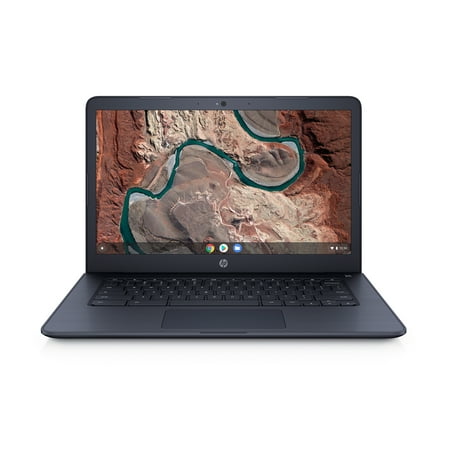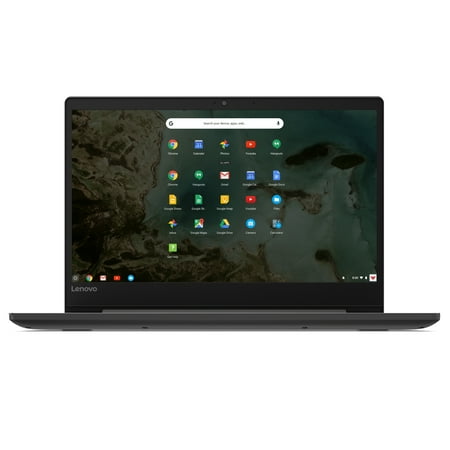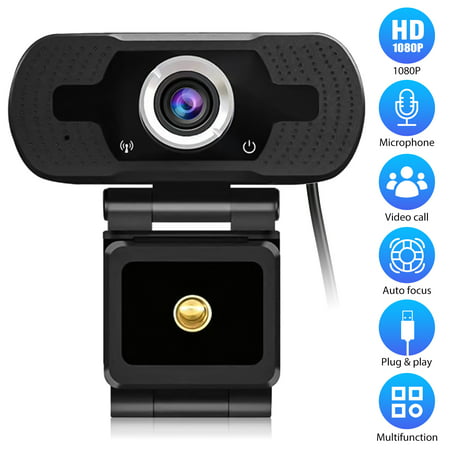HD Webcam Desktop Laptop USB Web Camera 720P Web Cam CMOS Sensor with Built-in Microphone for Video Calling
Features:- Built-in sound absorption microphone, your voice can be heard without a doubt in 10 meters.- Great best and awesome appearance.- 1M pixels, excessive definition and actual coloration snap shots.- Left & right 360 degrees and up & down 30 tiers rotatable, you could modify the perspective as you like.- Specialized optical lens, excessive precision.Designed for both pc and laptop.- Auto white balance, auto coloration correction. Manual adjustable focal length. – Support for Windows XP / win2003 / win7 / win8 /10/ Vista 32bit Macbook OS or present day.Specifications:- DSP chip: Driverless- Image sensor: CMOS- Lens: glass lens- Focal period: 8mm-infinity – High definition: 1M pixels- Resolution: 1280*720- Frame price: 30fps- Line period: 140cm- Package content material:- 1 x Web Camera- 1 x User ManualNotes:1. Manual measuring, please permit 1 ~ 3mm blunders,thanks.2. Due to the difference among unique video display units, the photo might not mirror the actual shade of the object. We assure the style is similar to shown in the photograph.














Reviews
There are no reviews yet.